Using lipid nanoparticles (LNPs), engineers have successfully delivered genetic material to the lung that suppresses lung tumors in mice.


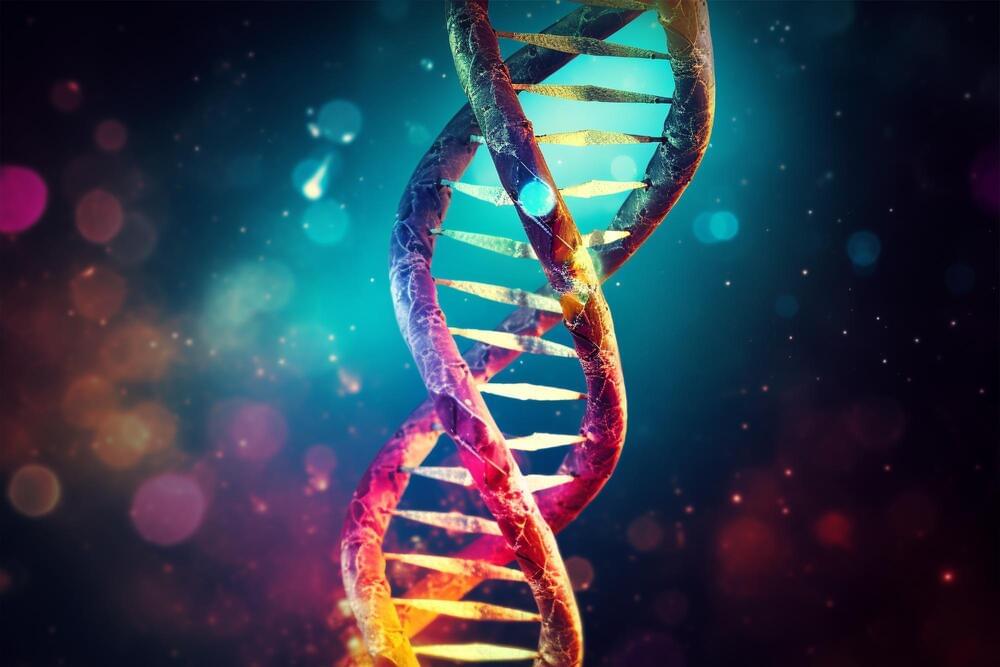
Retrotransposons can insert new genes into a “safe harbor” in the genome, complementing CRISPR gene editing.
The recent greenlighting of a CRISPR-Cas9 treatment for sickle cell disease underscores the efficacy of gene editing technologies in deactivating genes to heal inherited illnesses. However, the capability to integrate entire genes into the human genome as replacements for faulty or harmful ones remains unachievable.
A new technique that employs a retrotransposon from birds to insert genes into the genome holds more promise for gene therapy, since it inserts genes into a “safe harbor” in the human genome where the insertion won’t disrupt essential genes or lead to cancer.

“Even primary school students and old farmers can master gene editing,” says [Southern University of Science and Technology, or SUSTech] scientist Zhu Jian-Kang, who has helped develop a new approach that could greatly simplify the difficult and time-consuming process of editing genes in plants.
While conventional methods of heritable gene editing in plants often take months, and in some cases up to a year, this innovative approach could reduce the process to about two weeks, according to [Cao Xuesong, a scientist at SUSTech and a member of Zhu’s team], who is also the first author of the study.
This definitely is a Lifeboat post embodying what Lifeboat is about, and it’s only about AI. They did a really good job explaining the 10 stages.
This video explores the 10 stages of AI, including God-Like AI. Watch this next video about the Technological Singularity: • Technological Singularity: 15 Ways It…
🎁 5 Free ChatGPT Prompts To Become a Superhuman: https://bit.ly/3Oka9FM
🤖 AI for Business Leaders (Udacity Program): https://bit.ly/3Qjxkmu.
☕ My Patreon: / futurebusinesstech.
➡️ Official Discord Server: / discord.
SOURCES:
• / whats-next-ai-10-stages-igor-van-gemert.
• The Singularity Is Near: When Humans Transcend Biology (Ray Kurzweil): https://amzn.to/3ftOhXI
💡 Future Business Tech explores the future of technology and the world.
Examples of topics I cover include:
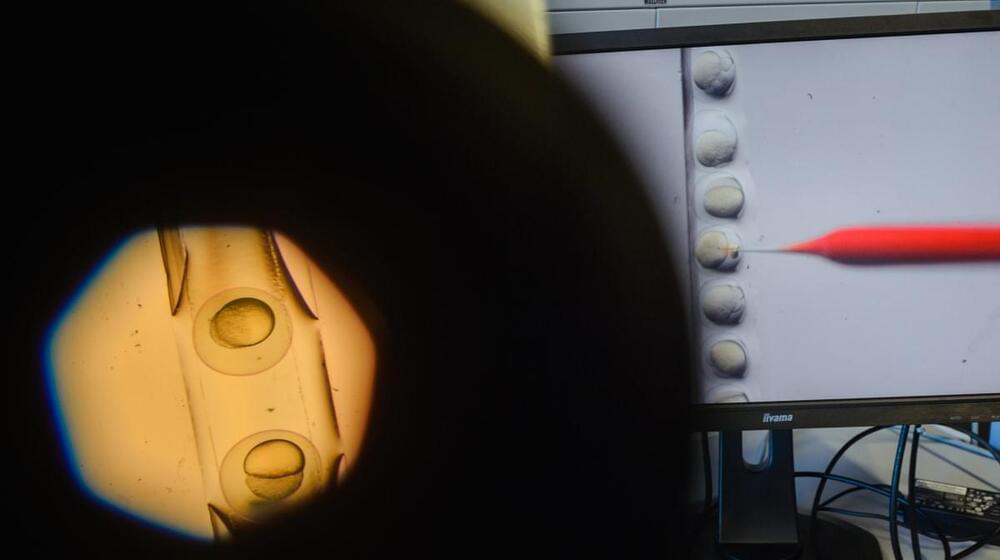
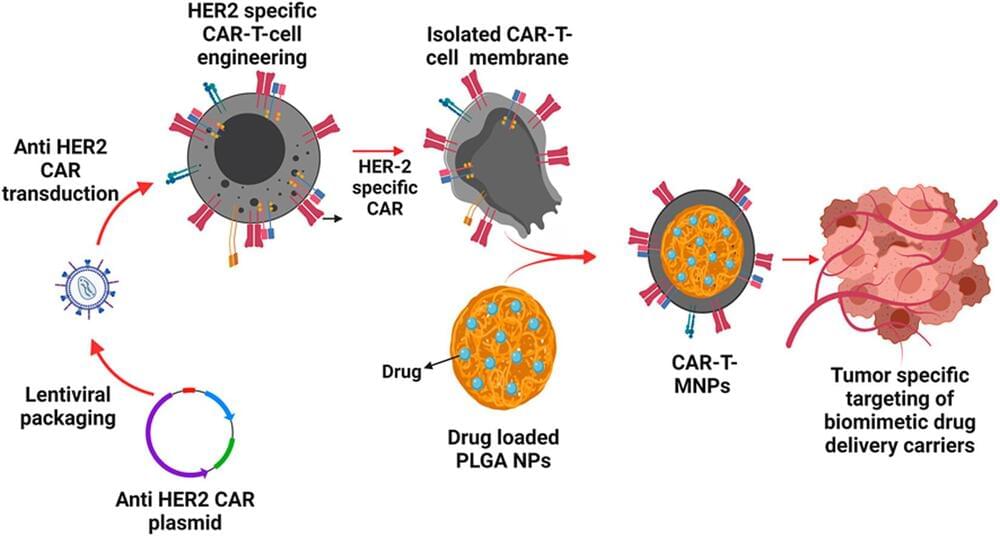
Lung cancer is not the most common form of cancer, but it is by far among the deadliest. Despite treatments such as surgery, radiation therapy, and chemotherapy, only about a quarter of all people with the disease will live more than five years after diagnosis, and lung cancer kills more than 1.8 million people worldwide each year, according to the World Health Organization.
To improve the odds for patients with lung cancer, researchers from The University of Texas at Arlington and UT Southwestern Medical Center have pioneered a novel approach to deliver cancer-killing drugs directly into cancer cells.
“Our method uses the patient’s own cellular material as a trojan horse to transport a targeted drug payload directly to the lung cancer cells,” said Kytai T. Nguyen, lead author of a new study on the technique in the journal Bioactive Materials and the Alfred R. and Janet H. Potvin Distinguished Professor in Bioengineering at UTA.
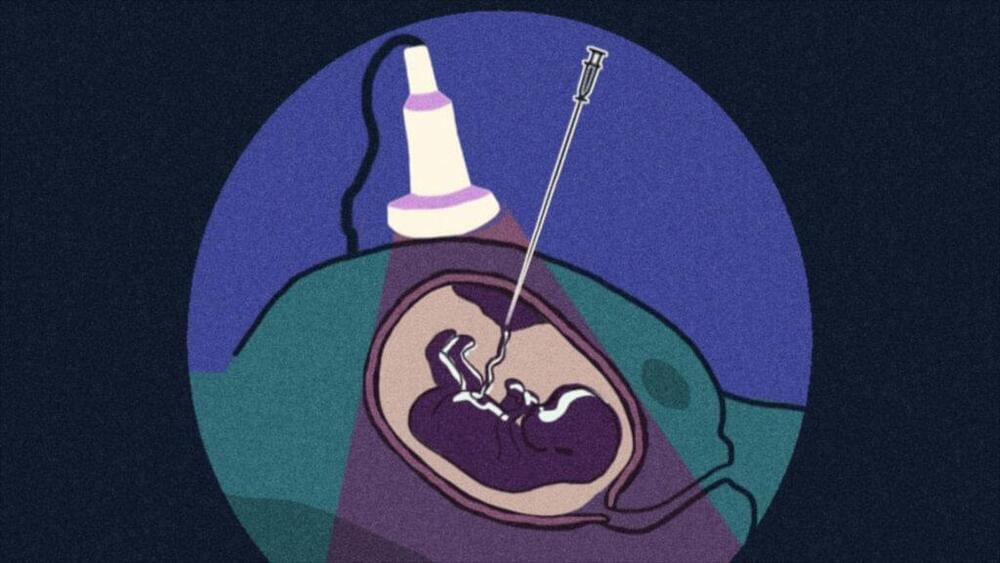
Recently approved gene therapies offer patients one-time, potentially curative treatments for genetic diseases such as sickle cell anemia and beta thalassemia. But “one-time” miracle solutions can often be multi-month affairs, require millions of dollars, and cause painful side effects. What if that doesn’t have to be the case?
In utero gene editing, or prenatal somatic cell genome editing, envisions treating a fetus diagnosed with a genetic disease before birth, thereby preventing that entire protocol and the onset of symptoms in the first place. It would also challenge the need for the ethically fraught enterprise of embryo editing, as the treatment would only make edits in the DNA of the individual fetus — edits which would not be passed on in a heritable way.
Watch this video to learn more about in utero gene editing, how it works, and why scientists believe it might be an advantageous approach to treating certain genetic diseases.
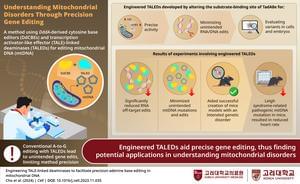
Gene editing technology could revolutionize the treatment of genetic diseases, including those that affect the mitochondria—cell structures that generate the energy required for the proper functioning of living cells in all individuals. Abnormalities in the mitochondrial DNA (mtDNA) could lead to mitochondrial genetic diseases.
Targeted base editing of mammalian mtDNA is a powerful technology for modeling mitochondrial genetic diseases and developing potential therapies. Programmable deaminases, which consist of a custom DNA-binding protein and a nucleobase deaminase, enable precise mtDNA editing.
There are two types of programmable deaminases for genome editing: cytosine base editors and adenine base editors, such as DddA-derived cytosine base editors (DdCBEs) and transcription activator-like effector (TALE)-linked deaminases (TALEDs). These editors bind to specific DNA sites in the mitochondrial genome and convert bases, resulting in targeted cytosine-to-thymine (C-to-T) or adenine-to-guanine (A-to-G) conversions during DNA replication or repair. However, the current gene editing approaches have many limitations, including thousands of off-target A-to-G edits while using TALEDs.
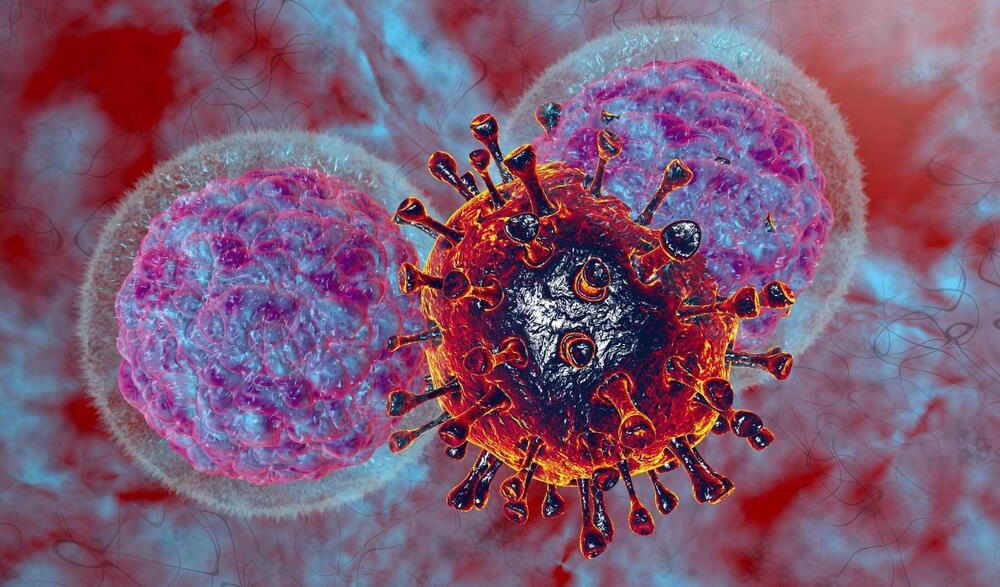
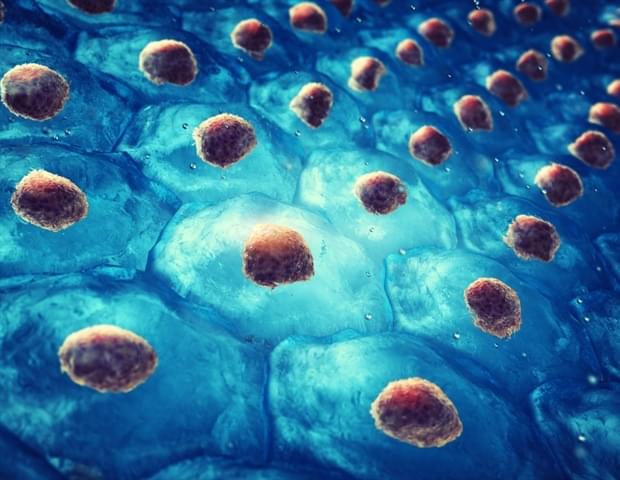
Injuries in the central nervous system heal poorly because cavities scar. Researchers hope to remedy this problem by filling the cavities in such a way that stem cells feel comfortable in them.
Researchers from Bochum and Dortmund have created an artificial cell environment that could promote the regeneration of nerves. Usually, injuries to the brain or spinal cord don’t heal easily due to the formation of fluid-filled cavities and scars that prevent tissue regeneration. One starting point for medical research is therefore to fill the cavities with a substance that offers neural stem cells optimal conditions for proliferation and differentiation. The team from Ruhr University Bochum and TU Dortmund University, both in Germany, showed that positively charged hydrogels can promote the survival and growth of stem cells.
Dr. Kristin Glotzbach and Professor Andreas Faissner from the Department of Cell Morphology and Molecular Neurobiology in Bochum cooperated with Professor Ralf Weberskirch and Dr. Nils Stamm from the Faculty of Chemistry and Chemical Biology at TU Dortmund University. The team describes the findings in the American Chemical Society Journal Biomaterials Science and Engineering from January 16, 2024.